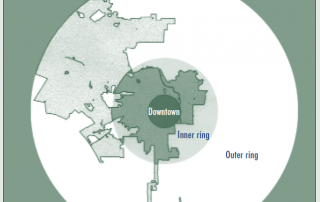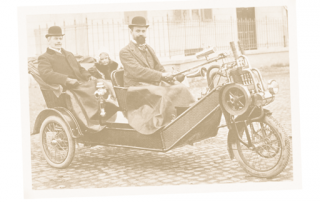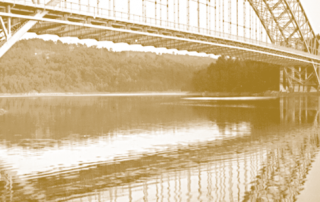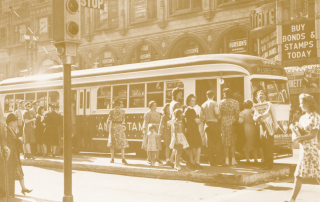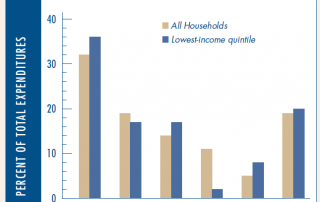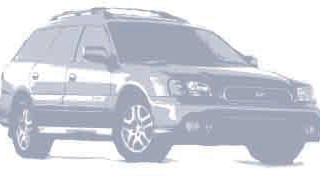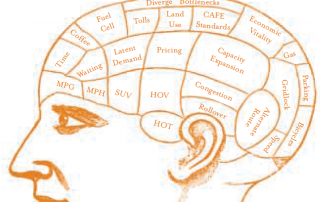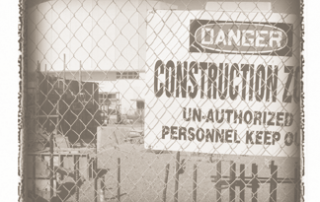THE ACCESS ALMANAC: Auto Insurance Redlining In The Inner City
Paul Ong
One of the most controversial issues related to automobile insurance is the accusation of “redlining,” or charging higher premiums in low-income, minority neighborhoods. Insurance companies base premiums on accident rates, which are higher in some neighborhoods. However, why those neighborhoods experience higher risks may not be part of the equation.
Traffic volumes vary across the urban landscape. Some areas are exposed to disproportionately high levels of externally generated trips. These increase accident frequencies in those areas, exposing local residents to higher-than-average chances of involvement in a crash. Insurance companies compensate for the higher accident rate by charging residents higher insurance premiums.

